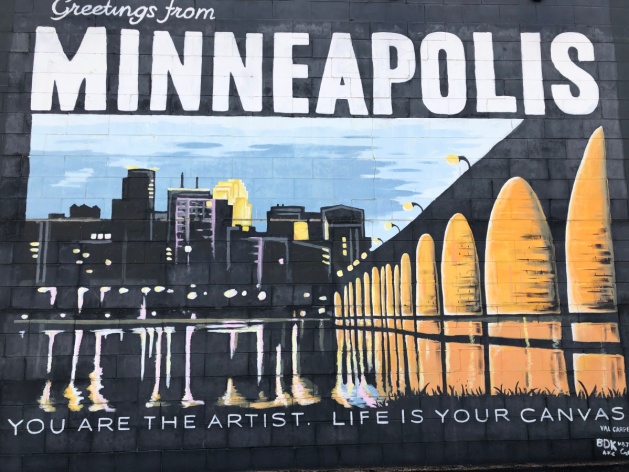
The Colorado Statehouse in Denver. Photo (cc) 2021 by Dan Kennedy.
Two stories about journalism from Colorado this morning, one intriguing, one disturbing. The state’s media ecosystem is one of the subjects of our book, “What Works in Community News.”
• Intriguing. Colorado media-watcher Corey Hutchins reports: “More than two dozen Colorado newsrooms have launched an unprecedented collaboration to better cover the 2024 elections.” These news outlets, led by the Colorado News Collaborative, have embraced what New York University journalism professor Jay Rosen calls the Citizen’s Agenda, whereby journalists will report on the issues that the public is most concerned about and gear their coverage around what they learn. It’s a more substantive approach than the horse-race model of political coverage, which focuses on polls and day-to-day sparring among the candidates.
Unprecedented? Not really. The Citizen’s Agenda is a revival of the public journalism movement of the 1990s, and Rosen was at the center of that, too. It faded away back then, although it never disappeared entirely. See, for instance, my account of this 2013 event on education reform sponsored by the New Haven Independent. The Colorado experiment, though, represents what could be the most fully realized example of public journalism in many years.
• Disturbing. Colorado Sun political reporter Sandra Fish was removed from a meeting of the state Republican Party “after being told that party Chairman Dave Williams found her ‘current reporting to be very unfair,'” according to Sun reporter Jennifer Brown. Although Fish had received a text from a party official telling her not to come, she showed up anyway and was able to obtain a press credential — only to be identified an hour later and escorted from the scene by a sheriff’s deputy.
“This is not a partisan issue,” Sun editor Larry Ryckman wrote in an email to subscribers. “The Founding Fathers understood that a free press is a pillar of a healthy democracy – and not just when reporters write stories politicians might like. That’s why they enshrined freedom of the press in the First Amendment to the Constitution. The public has a right to know. Public officials should be accountable and willing to have their words and actions scrutinized in the light of day.”






